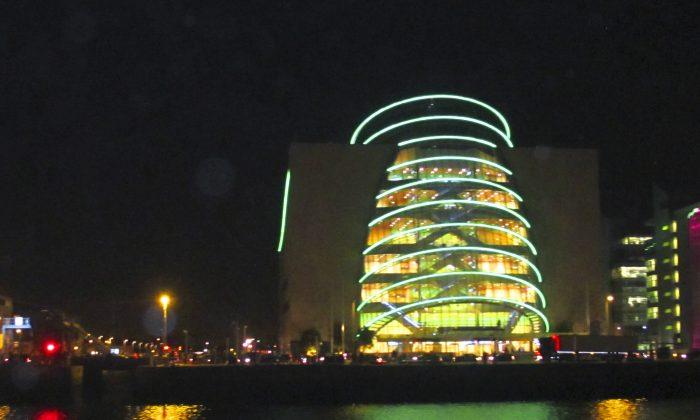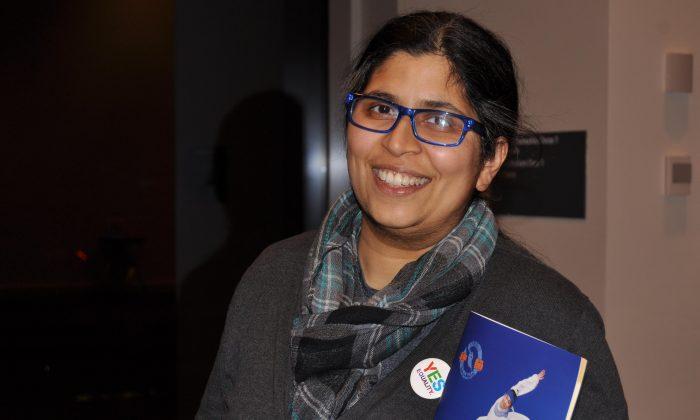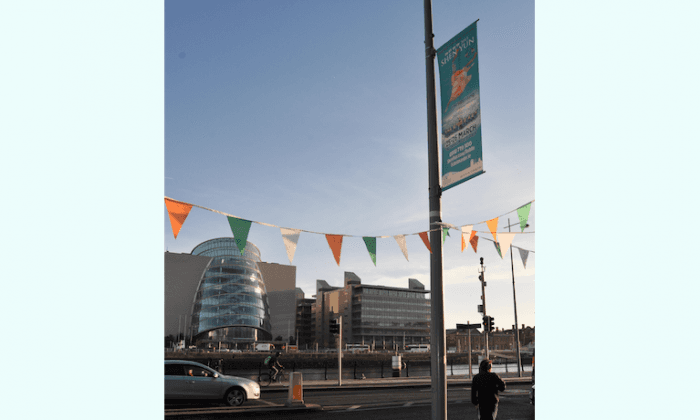In the past if you spotted a seagull, it was often a sign that there was a storm at sea. Nowadays it usually means the bins are due for collection…
Like many other aspects of nature, seagull behaviour has changed over time due to the influence of man and the environment we have created.
Dr Stephen Newton, Senior Conservation Officer for Sea Birds at BirdWatch Ireland, explains why the seagull may lose its name as well as its natural habitat.
According to Dr Newton, the main reason for the change is due to the lack of fish in the sea, and gulls have been forced to adapt to their environment.
Seagull populations in general have decreased quite dramatically over the last couple of decades, and for a variety of reasons. Dr Newton estimates that there has been a reduction in numbers of up to 90 per cent.
“The majority of the ones you are watching sitting on top of bins are probably herring gulls, which are the largish ones with the silvery grey wings and yellow bills, and with a red dot on the tip of the bill. They are actually on the red [endangered] list of birds in Ireland. We used to have 100,000 pairs of them around the country, mostly nesting on islands and cliffs,” said Dr Newton.
When BirdWatch Ireland carried out its last census in 2000, numbers had decreased to about 5,000 nesting pairs. According to Dr Newton, the decline was due in part to human intervention, including as part of public safety issues. “A large colony on Lambay Island was almost wiped out because they were thought to be a threat by Dublin airport, due to the island being on the flight path for Dublin airport. They thought there were too many, so a lot of them were poisoned. This was between 20 to 30 years ago,” said Dr Newton, who added that the bird numbers have never really recovered from this cull.
In the meantime, Dr Newton says that some of the gulls have found that there is an easier way to survive than living at sea, with easy food to be found in cities by nesting on roof tops and watching for bins.
“Given that the seas are generally rather over-fished, they’ll eat leftovers from table areas. Their natural food supply is very low, so they have adopted a new habitat. A house is just like an island: it’s got a roof with nesting opportunities, there’s food around, and predators like foxes can’t get up there to steal their eggs or their young—you have to look at it on their terms. These things called houses with roofs and chimneys to nest on look like cliffs or islands, and there’s a food supply down there on the streets, so some of them are making the switch,” said Dr Newton.
According to the BirdWatch Ireland officer, this is a habit that gulls have learnt. “If you are reared on the roof of a building, then you are more likely to look to a building than you are to a nice island in the middle of the sea to nest. So it’s a feedback thing—the young come back to that situation,” he said.
“The more successful the ones that nest in the city are, the more they will start to comprise a larger proportion of the population. It has happened all over Northwest Europe. We are on the fringe of things here in Ireland: it is a much bigger issue in the UK, where some cities have colonies of thousands of pairs nesting on the roofs,” said Dr Newton, who listed Bristol and Aberdeen as two of the cities worst hit by scavenger gull populations in UK.
There has always been a smallish population living on the roofs of Dublin over the past 30 years, especially in areas such as Howth, Balbriggan, and Skerries, as well as in other areas across Ireland, but Dr Newton predicts that these small numbers will start to grow in the future.
“The next problem is that we need to do a new survey of the birds. It’s certainly a task high on my list because a lot of people do complain about them, saying they are noisy, dirty, and they frighten the children, and they also ‘dirty’ peoples washing. People are always ringing us saying ‘what can we do?’” said Newton. “But all bird species are protected in Ireland, especially during the nesting season. There are measures you can take once the nesting season is finished to prevent them from re-nesting on your roof the following year.”
Once the birds start nesting, it’s against the law to interfere, so Dr Newton suggests covering up the chimney and clearing the gutters before nesting starts.Unfortunately, birds nesting habits have changed over the years in line with our eating habits. “We chuck out a lot more rubbish, we eat more and more take-aways and so on and the birds are just exploiting this—it’s the same with urban foxes and other urban dwellers. They would be a major competitor to the roof nesting of urban gulls, but the gulls can live out of reach on the roof tops,” he said.
BirdWatch Ireland is trying to organise a new survey of the urban gulls, which will probably start next year. They are asking people if they know about concentrations of urban gulls and whether they are interested in helping them count them, or at least to report them so they could send people out to have a look.
If you’re interested in lending a hand in completing Ireland’s bird census, you can contact Dr Newton at [email protected]



